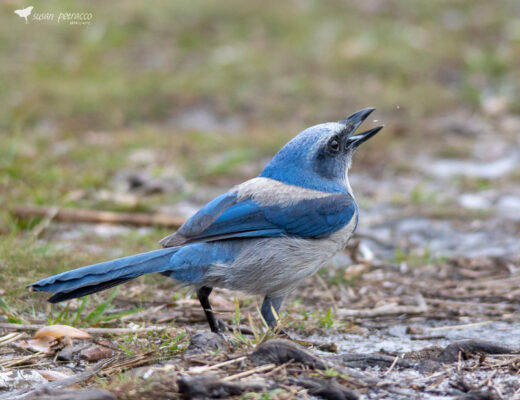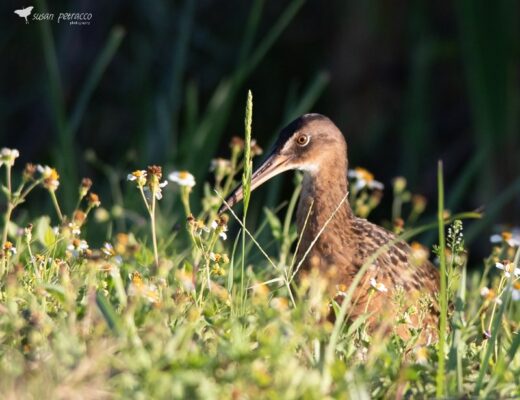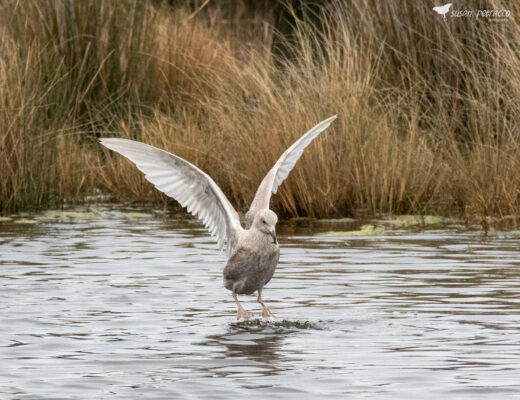If you want to bird in Florida, one of the best places you can choose is the Merritt Island National Wildlife Refuge. The land is owned by NASA, but operated by several agencies including the US Fish and Wildlife Service and the National Park Service,
Black Point Wildlife Drive is probably the most popular section of the Merritt Island National Wildlife Refuge. Because it’s drivable, it’s more accessible, even for mobility-impaired birders. The 7-mile-long dike road is a one-way drive, and provides ample opportunity to view many birds in a variety of habitats.
Along the road are a number of “stops” that provide viewing opportunities into multiple shallow marsh impoundments.
Overall, Black Point Wildlife Drive is one of the best places for birders to visit in Brevard County.
About Black Point Wildlife Drive
There are a number of stops that offer room for cars to pull over and/or park. They are also good ways to identify birds within the community. For example, for the past three years there’s been an unusual snowy egret / tricolored heron hybrid that generally hangs out near stop 3.
Stop 4 has a 0.5 mile out-and-back trail called the Wild Birds Unlimited Trail. It has two observation platforms.
Stop 9 has a 4.8-mile hiking loop called the Allan D. Cruickshank Memorial Trail, with an observation tower and actual restrooms. If 4.8 miles sounds way too long to you, it’s still worth getting out of your car at the Cruickshank Trail and looking around a bit to see what’s there. The viewing platform isn’t far, but even just across from the restrooms is a section of mangroves that’s used as a rookery by Green Herons and American Bitterns each spring.
If you want to hike during the heat of summer, consider an early morning visit. It gets REALLY hot along these trails, and if you aren’t used to it, it can be brutal and even dangerous. Make sure to carry plenty of water no matter how hot it is.
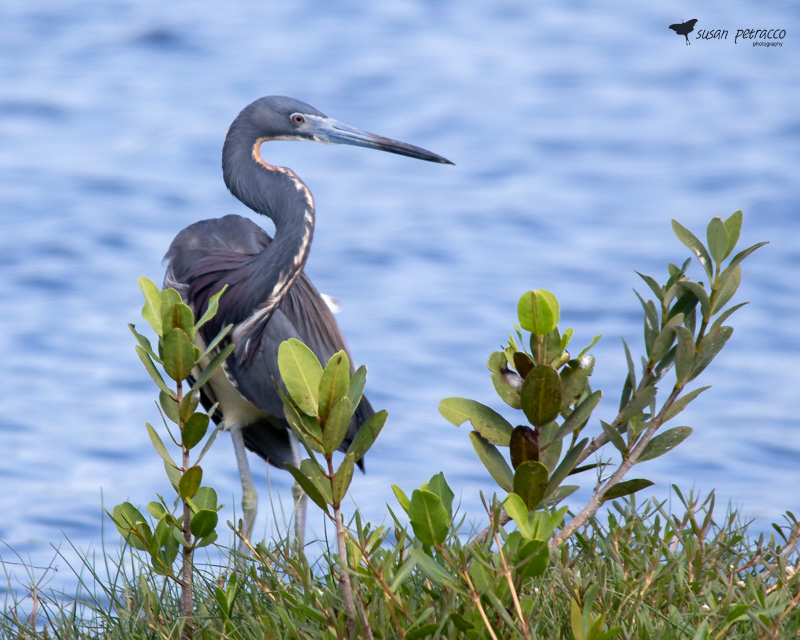
One of the main reasons for the popularity of BPWD, as it’s called in short, is the fact that it’s so accessible. You can drive the entire 7 miles and never have to leave your car if you choose not to. This is perfect for those with limited mobility, but birding by car is also a popular method of birding. The roads aren’t paved, but they are well maintained and most cars can handle it just fine.
Of course, if you choose to exit your vehicle, the aforementioned trails offer great opportunities to see spots you can’t see from your car. Anywhere else, you can get out for better viewing opportunities. Just make sure you can park your car safely far enough for others to go around it. And watch out for alligators!
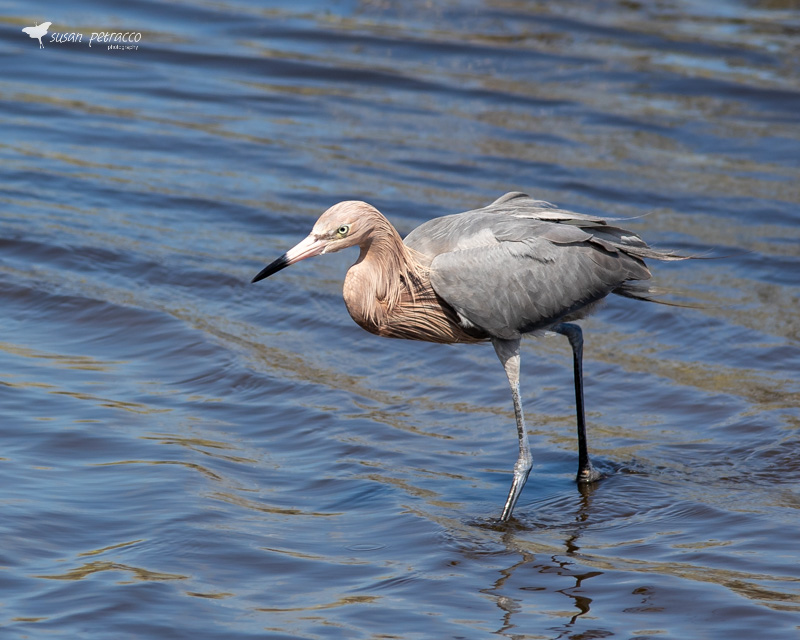
Birds You May See
Species of birds that you are likely to see year round include:
- Laughing Gulls
- Great-blue Herons
- Tri-colored Herons
- Little Blue Herons
- Green Herons
- Reddish Egrets
- Snowy Egrets
- Great Egrets
- Anhingas
- Double-crested Cormorants
- Common Gallinules
Additionally it’s common to see several birds of prey, including Bald Eagles, Osprey, Black and Turkey Vultures, and in the winter, Northern Harriers.
The best birding is between October and April, when migratory birds, especially ducks, spend time all around the refuge. During the winter you’re also likely to see American white pelicans, belted kingfishers, and wrens, warblers, and other passerines. Of course, one of the highlights for out-of-state birders (and for us Floridians as well) is always the Roseate Spoonbills!
You’ll also find shorebirds in the mud flats, including Short- and Long-billed Dowitchers, Greater and Lesser Yellowlegs, various Sandpipers, and Killdeer.
In addition to birds, you might also see river otters, wild boar, raccoons, bobcats, alligators, a variety of snakes, and lots of interesting insects.
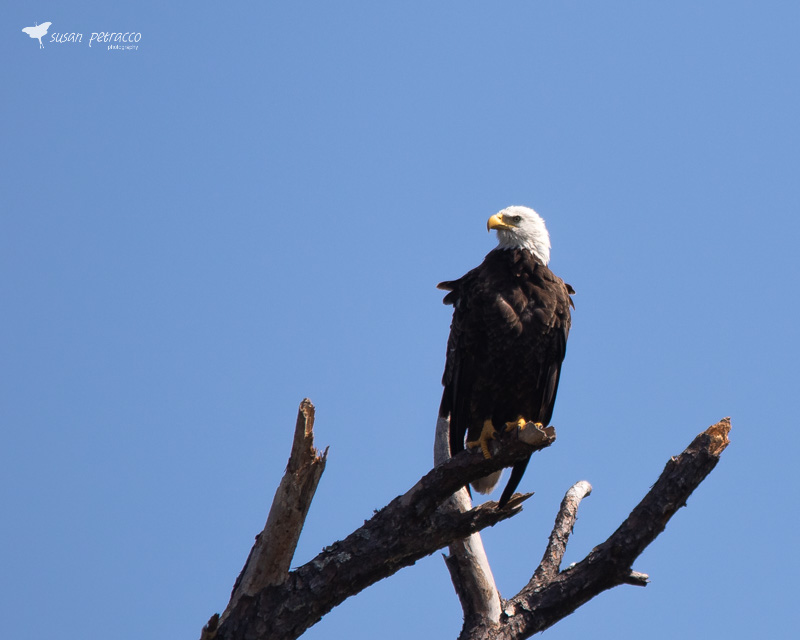
If you’d like, you can pick up a brochure at the entrance that provides useful information. Just look for the dropbox to return it on your way out.
While you’re within the Merritt Island National Wildlife Refuge, you may want to check out Biolab Road, Pumphouse Road, East and West Gator Creek, and the Scrub Trail. The visitors center is also nice, and during the winter you can often see painted buntings at their feeders.
Admission and Prices
At the time of this writing, fees are $10 per vehicle for daily access, or $25 for annual passes. You can pay the daily fee at a self-pay station at the entrance to Black Point Wildlife Drive. If you want a yearly pass, you’ll need to go to the visitors center. If you have a federal Duck Stamp ($25/year) it’s good for admission to all National Wildlife Refuges, including Merritt Island. Gold Star Families and US military veterans receive free access to many national parks, wildlife refuges, and national forests. More information about fees and accepted passes can be found on the official website.
Gold Star Families and US military veterans receive free access to many national parks, wildlife refuges, and national forests. Find out more here.
Directions and Map
To get to Black Point Drive, you will want to cross the Indian River in Titusville, heading east on the Max Brewer Causeway, which is FL 406, also known as Garden Road in Titusville. Once you cross over the causeway, the road will fork with FL 402 going to the right, and FL 406 continuing to the left. In my opinion, however, it feels like you’re making a slight left turn. Then just keep going for about 1.4 miles, and look for the signs to the entrance on the left.
More at Merritt Island National Wildlife Refuge
While you’re in the Merritt Island National Wildlife Refuge, check out some other places too. Playalinda Beach, part of the Canaveral National Seashore, is a great place to unwind and relax, as well as a great place to see wading birds and pelagic species flying off-shore. Biolab Road is another good drivable section with a chance to see lots of bird species. You can drive out Shiloh Marsh Road as well. Hiking opportunities include the Oak and Palm Hammock Trails, Scrub Ridge Trail, and the Pine Flatwoods Trail.
Of course, there’s so much more to see in the Space Coast, so make sure to spend lots of time in our wonderful area!

